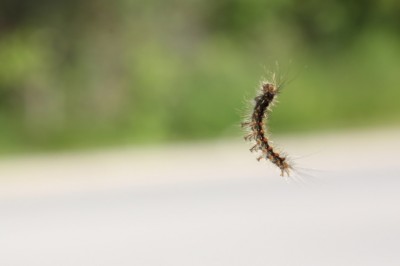

Unfortunately, the worms our reader has written to us about are actually European gypsy moth (lymantria dispar) caterpillars that are defoliating the oak trees over her backyard. Waves of these caterpillars have moved across New England and the northeastern US since their accidental introduction to the US in an attempt to use them like silkworms. Oak trees are their preferred food, but the caterpillars will eat willow, birch, basswood, alder, hawthorn, poplar, sweetgum and apple trees. When very hungry, gypsy moth caterpillars have been observed moving to coniferous trees, which is usually fatal to their evergreen of choice.
The government has been trying to control gypsy moth infestations for more than 100 years, but the moths (and caterpillars’) territory has spread as far west as Michigan and as far south as Virginia. In heavy infestations, a sound like rain, known as “frass,” is actually the sound of worms and their droppings and moltings falling from leaf to leaf, and they can deforest millions of trees in a season. They are especially dangerous in hardwood forests.
Treatment and prevention can be tricky, as the worms move through the air by floating on “silk” thread from tree to tree, aided by the hairs on their bodies which help them catch breezes. Banding residential trees with duct tape, burlap, and other sticky barriers can keep worms from climbing tree trunks from the bottom. Encouraging birds that are predatory to the gypsy moths like bluejays, crows, blackbirds and black-capped chickadees (which will eat the gypsy moth egg masses as well as the larvae) on the property can help keep infestations down as well.
If our reader’s oak trees survive (some oaks can survive one complete or partial defoliation,) she might want to start sweeping away gypsy moth egg masses in the wintertime instead of sweeping up the worms in June and July. These egg masses are velvety or powdery looking orange-tan sacs that can be found in the bark of trees, crevices of decks and houses, on outdoor toys and furniture, and the wheel wells of cars. Up to 1000 eggs are deposited in these masses by the flightless female European gypsy moth, which is light tan in color with brown zigzags on her wings.
Infestations of thousands of feeding gypsy moth larvae have been known to cause allergic reactions. For this reason, it might be better not to have the children collect or have heavy contact with the caterpillars, and should our reader have concerns, she should consult her physician. We recommend that our reader contact her local agricultural extension office to determine what can be done to prevent further damage to her property.
All About Worms is always free, always reader-supported. Your tips via CashApp, Venmo, or Paypal are appreciated! Receipts will come from ISIPP Publishing.
You might also find these guys interesting!




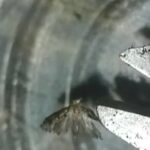
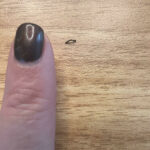

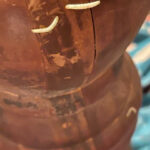
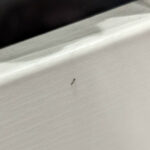
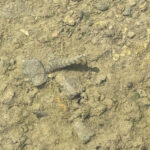
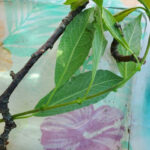
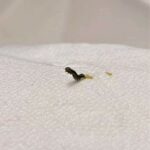


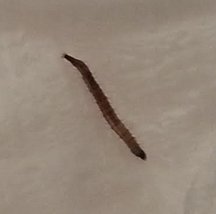
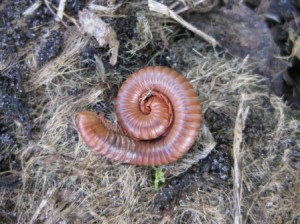


the caterpillar’s are eating my oak trees. what is the best way to Remuve them